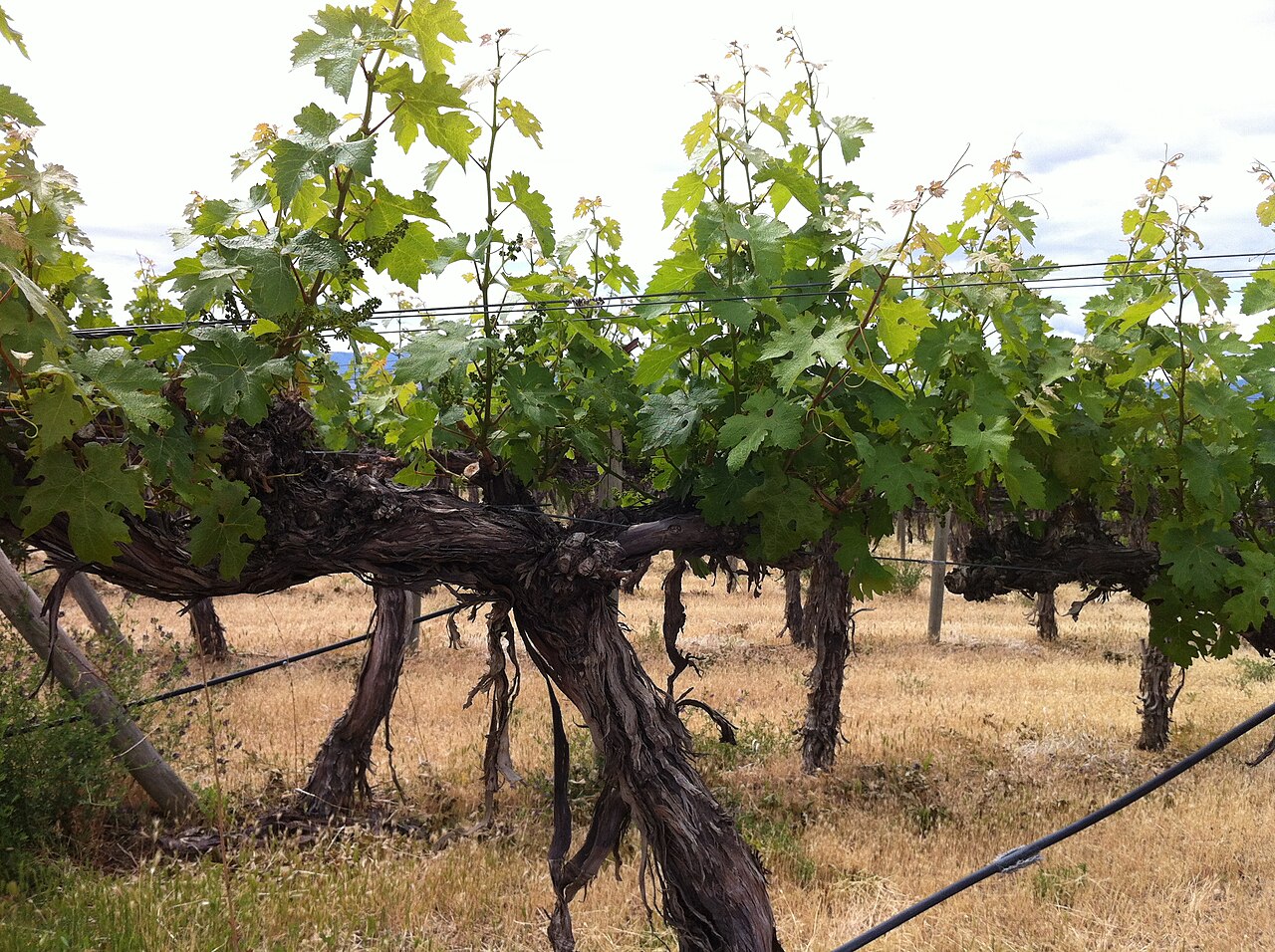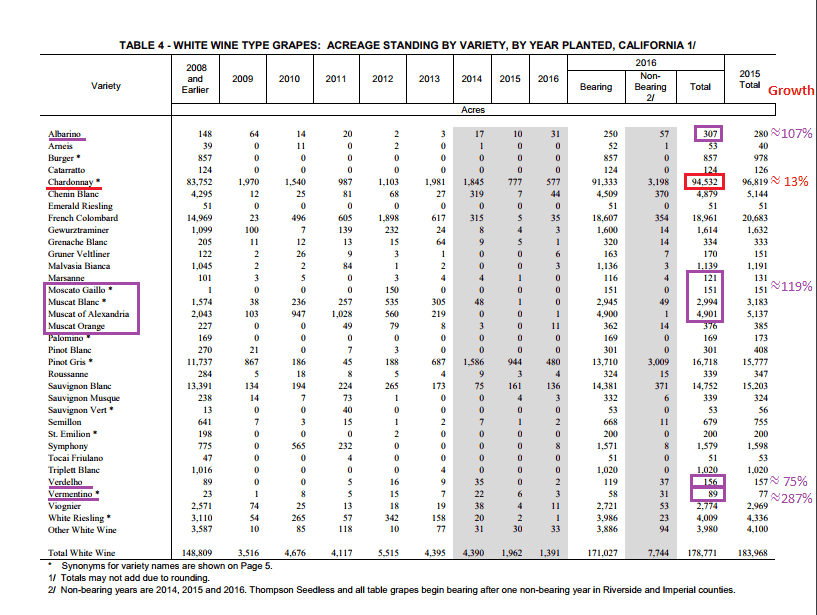Note: For follow ups to this post check out Sculpting Soapstone in Napa and Hunting Unicorns in the Stags Leap District
I’ve entered the lion’s den.

This week I will be in Napa assisting Kenneth Friedenreich, author of Oregon Wine Country Stories, with research on the Stags Leap District for the sequel in his Decoding the Grape series.
Surprisingly, no one has written a dedicated book about the district yet. With 2019 being the 30th anniversary of the AVA’s establishment, a deep dive into the legacy and future of this influential region seems long overdue.
That puts me on a fact-finding mission with Friedenreich and two of his other compatriots as we embark on a schedule of winery visits and interviews. In many ways, I am the odd duck in this entourage being not only the only woman but also a Millennial seeing Napa Valley beside the eyes of three Boomers.
Past and Present
The dichotomy will be rich as Friedenreich, Doc Wilson (a longtime fixture in the Oregon wine scene) and Mark, a pediatrician from Portland, represent the bread and butter of Napa Valley.

Are legends still exciting?
They are the generation that took with gusto an appreciation for fine American wine. For the last 40 plus year, every Napa vintner that has had an inkling of success achieved that by courting the Boomers.
While the recipe has varied somewhat over the years, the entire business model and marketing of Napa has been oriented towards enticing and exciting this large and lucrative demographic.
And it has remained a lucrative demographic even as the Boomers settle into retirement. They (along with the smaller Generation X) are still the ones buying the high priced and highly prized bottles that have paved Napa’s reputation with gold. That’s a reality that no vintner can ignore.
But what of the Future?
On the surface, I’m probably the ideal Millennial consumer that Napa wineries could hope for. I’m highly engaged with wine and willing to travel. I crave experiences which is something that Napa has spent decades perfecting. And, most keenly, I’m in a position of financial stability where I could afford to join wine clubs and regularly buy $100+ bottles if I wished.
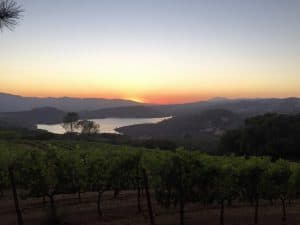
I will say that the view from Pritchard Hill is awe inspiring.
It does add a bit more character than the highly manicured vineyard lawns of the valley floor.
I might be a minority among my cohorts, but there are other Millennials like me, and we are the future bread and butter.
And with auspicious timing. For just as some industry folks are beating the strawman that Millennials will come running as soon as they have more money in their pockets, here I am representing the best-case scenario that Napa vintners could hope for.
How are they planning to reach me?
While Friedenreich is going to write his retrospection of the Stags Leap District from his Boomer perspective, he’s very conscious of the contemporary. One of the things that I’ll be contributing to the team is being the canary in the vineyards.
Will the Stags Leap District (and Napa in general) still be relevant in another 30 years?
Yes, Cab is King but for how long?
Even if I can afford $100+ bottles, what is the distinct value that makes getting these wines worth buying instead of a nice whiskey or the myriad of other options I have?
I’m from a generation that is notoriously in love with great stories so how are today’s SLD and Napa wineries communicating their stories? Do they feel authentic? Is it presented in a way that I can connect with and relate to?
The old recipe is not going to work.
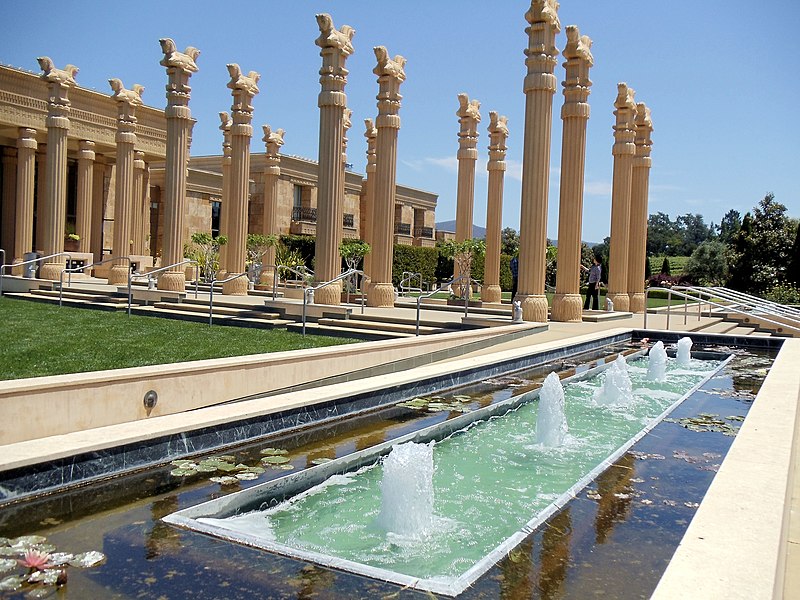
I mean, yeah, that kind of looks interesting… I guess.
To be brutally blunt, Napa can be really boring.
The marketing to my generation has been trying to sell us a luxurious lifestyle that is rather generic.
Oh, beautiful people in a beautiful place. That’s nice.
Open up Instagram and you see a countless stream of beautiful people in beautiful places. There’s nothing special about that messaging. Been there, done that. Scroll.
Adding a glass of high priced Cab or Chardonnay doesn’t make the #NapaStyle filter feel any more unique or authentic. At worst, with literally hundreds of wineries delivering the same message, it feels fake and basic.
So what Napa will I see this week?
Will I see producers following the old recipe of success that has served them so well? Perhaps. With Boomers and Gen Xers still buying, it would be foolish to abandon it altogether.
But what I am hoping to see is a glimpse of planning for the future. I’d like to see a Stags Leap District and a Napa Valley that recognizes that the old #NapaStyle filter is a recipe for Millennials to keep scrolling past.
What I want is Napa unfiltered.

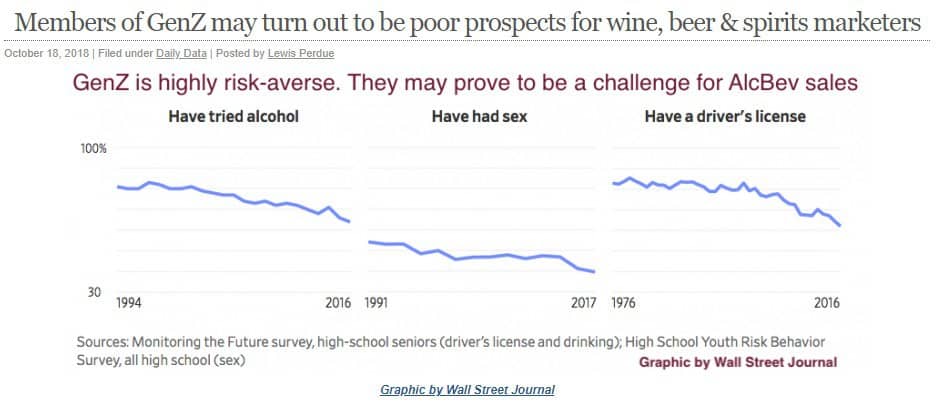




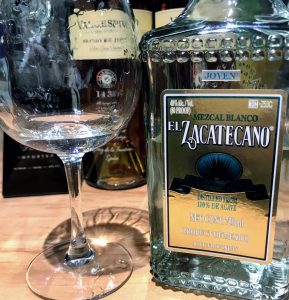
 At a 2018 Unified Wine & Grape Symposium panel on Cabernet Sauvignon, one of the directors of winemaking for E. & J. Gallo Winery,
At a 2018 Unified Wine & Grape Symposium panel on Cabernet Sauvignon, one of the directors of winemaking for E. & J. Gallo Winery, 